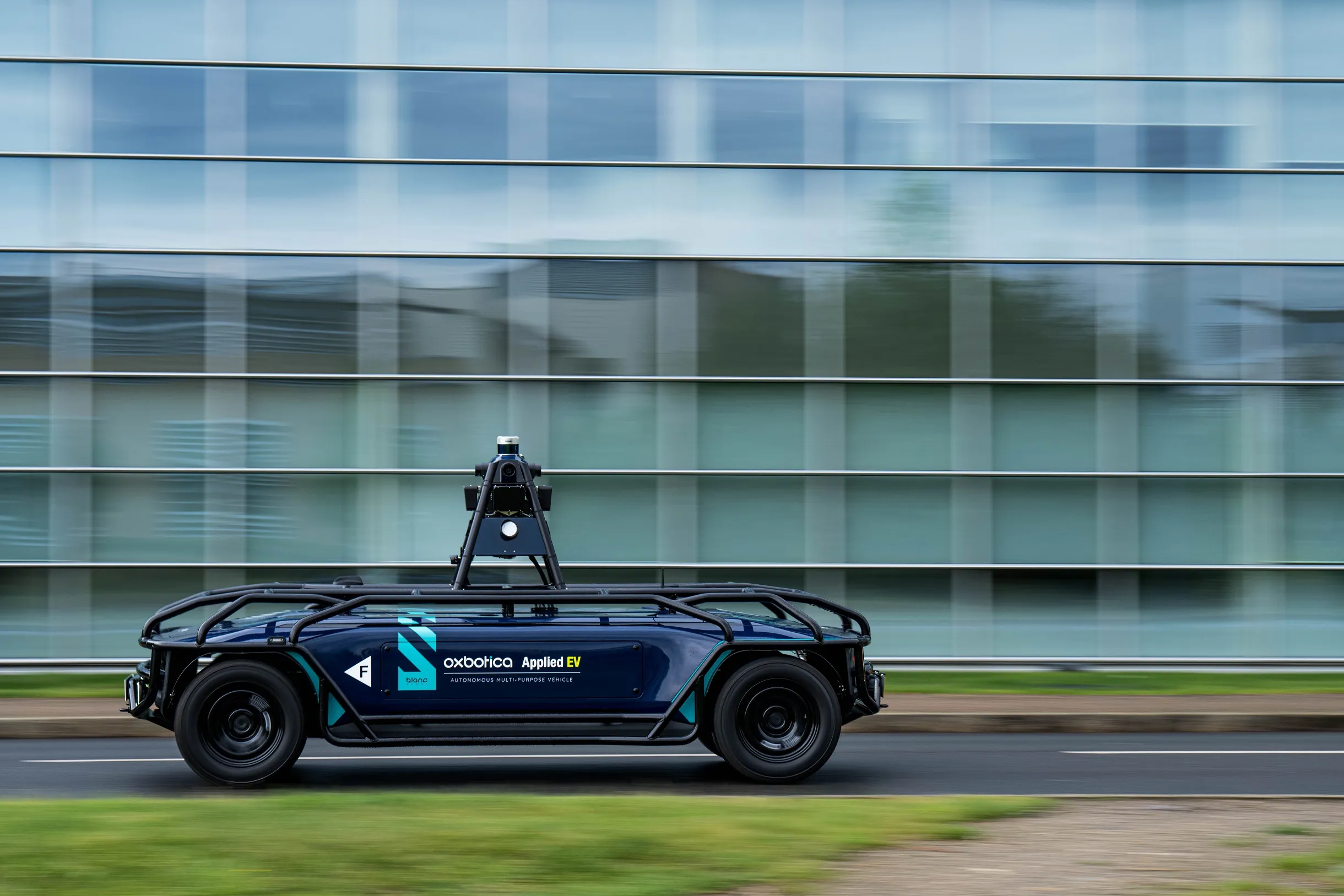New research from
The report, Collision Avoidance Systems Market by Device, Technology, Application (Automotive, Aerospace, Railway, Marine, and Construction & Mining), and Region (North America, Europe, Asia-Pacific, and RoW) - Global Trend & Forecast to 2020, says the market is expected to be driven by the growing focus of consumers and OEMs on safety features of vehicles, government regulations, influence of the new car assessment programs (NCAPs), and encouragement from insurance companies by reducing the premium for vehicles with installed collision avoidance systems.
The global collision avoidance system market is application driven; it has been segmented into automotive, aerospace, railway, marine, and construction and mining. The automotive collision avoidance system accounted for the largest share of the global collision avoidance system market in 2014; this market is expected to grow at a significant rate between 2015 and 2020, driven by the growing focus of consumers and OEMs on safety features of vehicles, government regulations, influence of the NCAPs and encouragement from insurance companies by reducing the premium for vehicles with installed collision avoidance systems. In developed regions, such as North America and Europe, growth in the automotive collision avoidance system market is expected to be driven by rise in commercial vehicles while, in developing regions, such as Asia-Pacific and RoW, it is likely to be driven by the rise in passenger cars during the forecast period.
However, acceptance and installation rates of collision avoidance systems in construction and mining equipment sector are high. The market for collision avoidance systems used in the construction and mining sector is expected to grow considerably during the forecast period. The growth of collision avoidance system market in other applications is expected to be rapid due to the significant demand for new fleet (aircraft, ships, and trains including rail networks).
Europe was the largest market in 2014, followed by North America and Asia-Pacific. Regulations have driven the market for collision avoidance systems to reduce the collisions and mitigate the effects of imminent collisions (accidents). Europe was the early adopter which has resulted in a large market for collision avoidance systems in 2014. However, with the expected increase in regulations related to safety systems in other regions, such as North America, Asia-Pacific, and RoW, coupled with a growing focus on safety systems, these regions are expected to develop potential growth opportunities for this market during the forecast period. The collision avoidance system market in North America is expected to surpass that of Europe by 2016 and hold a large market share through 2020.
Collision avoidance systems market ‘worth US$50.38 billion by 2020’
New research from MarketsandMarkets claims that the collision avoidance systems market is expected to grow from US$31.19 billion in 2014 to US$50.38 billion by 2020 at a CAGR of 7.74 per cent. The report, Collision Avoidance Systems Market by Device, Technology, Application (Automotive, Aerospace, Railway, Marine, and Construction & Mining), and Region (North America, Europe, Asia-Pacific, and RoW) - Global Trend & Forecast to 2020, says the market is expected to be driven by the growing focus of consumers
December 2, 2015
Read time: 3 mins










